There are a lot of meetings in Beijing—and a lot of big, important changes that come from them. Here’s how investors and others can make sense of it all.
What’s going on in China? That’s often not easy to know.
Some of China’s biggest policy shifts are announced at high-profile events, most notably at Chinese Communist Party meetings known as Third Plenums. Those happen roughly once every five years, including this July. It’s the forum where Deng Xiaoping in 1978 opened up the economy to the world and in 1993 fleshed out plans to build a “socialist market economy” — two fundamental shifts that laid the foundation for China’s transformation.
But most policy changes are harder to find out about, let alone interpret. China is governed through a labyrinth of committees, conferences and other bodies, some part of the national government and some part of the party, which is accorded a “leading role” in society by the country’s constitution. Some of these parallel or overlapping bodies meet on regular schedules, others on an ad-hoc basis. Many either say nothing public about their decisions or hint at them through layers of jargon known as “party speak.”
Who Runs China?
Parsing the country’s parallel hierarchies of power
All of which makes knowing what’s going on a daunting task even for China watchers, including investors, scholars, analysts and officials of other governments. Consider what follows a helpful guide to the hierarchies.
Politburo Standing Committee
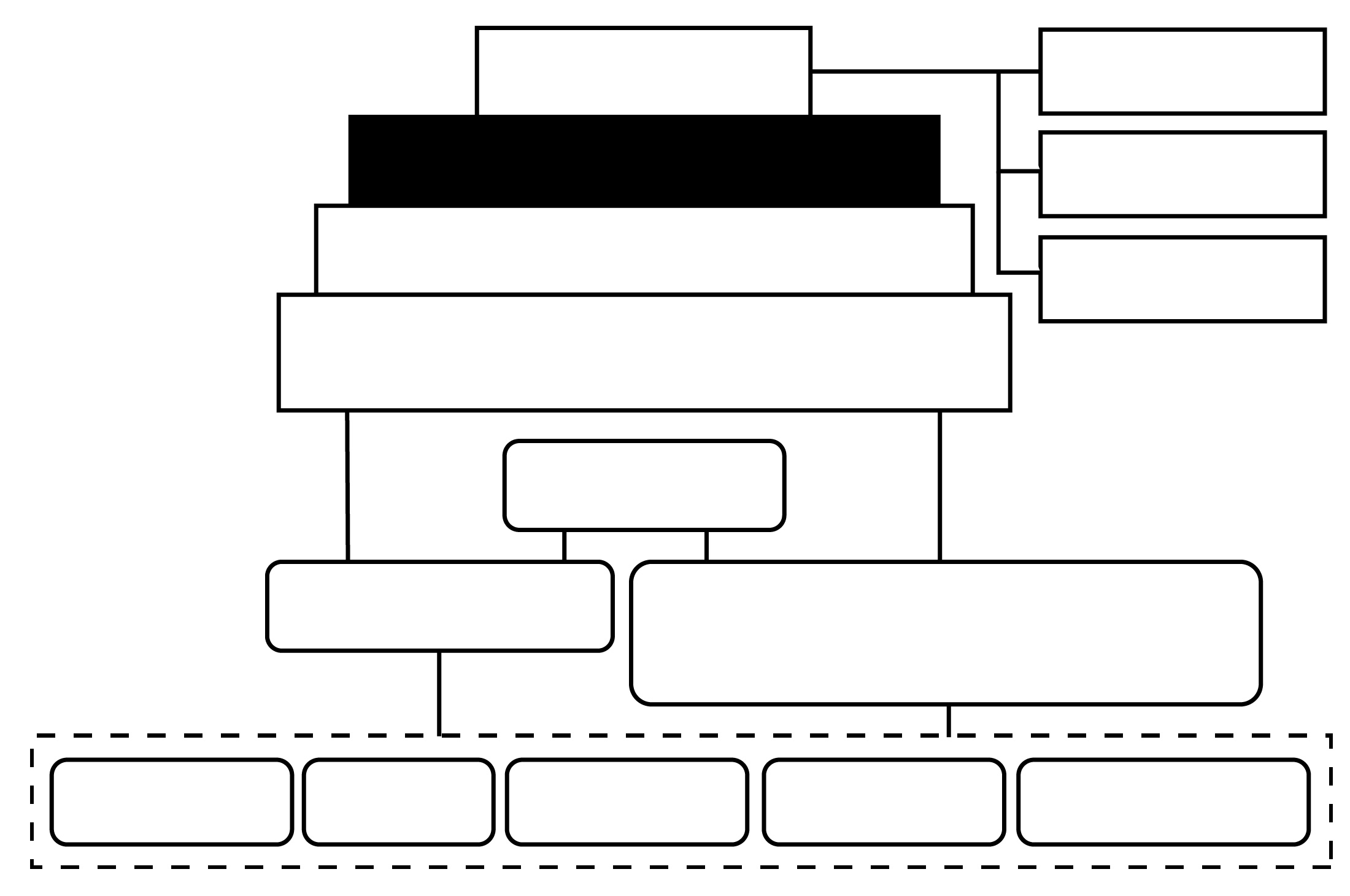
The room where the action happens. This is the highest-ranking body in China, and the ultimate decision maker on the country’s strategy and direction. It reviews the work of the party committees in the government, judiciary and parliament that carry out its orders. Xi has pushed China closer to one-man rule than anyone since the days of Mao Zedong. By filling high-level panels with loyalists, he has sought to make the government an ever more direct extension of his will.
NAMES TO KNOW

Politburo Standing Committee in 2022
The committee currently consists of seven men: Xi; Premier Li Qiang; Zhao Leji, leading the national parliament; Wang Huning from the top political advisory body; Cai Qi from the central secretariat; Li Xi from the corruption watchdog agency; and Ding Xuexiang, who’s the first of four vice premiers. Having top party leaders take up key posts in the government blurs the boundary between party and the state. Xi planting close allies in those positions cements his grip.
MEETING FREQUENCY
It’s believed to meet as many as three or four times a month. But it normally doesn’t disclose meetings by releasing readouts. For example, regulations on the study of Communist Party history were released in February 2024 with just a short preface indicating it had been passed at a previously unannounced meeting.
What to watch for
While the schedule is unknown, January meetings — when the committee reviews the work of other parts of the government, almost always upholding party authority — lead to public statements the most reliably. If readouts arrive at other times, they’re usually a big deal — such as during the pandemic, when the committee announced measures to prevent the spread of Covid-19.
Notable Moves
Markets take statements from the Standing Committee extremely seriously. For instance, its warning in May 2022 against any questioning of stringent Covid policies, which were already taking a toll on the economy, led to a selloff in mainland stocks.
Politburo

Politburo is short for Political Bureau of the Party’s Central Committee; it’s a term taken from the Soviet Union. The Politburo brings together top leaders for major decisions, though it’s not clear when it’s merely enacting choices already worked out by the standing committee. The Politburo sometimes holds study sessions that zero in on a particular topic such as renewable energy, with an expert lecturing members and other top government officials for two hours. Those sessions send a signal to the entire bureaucracy about priorities at the top.
NAMES TO KNOW
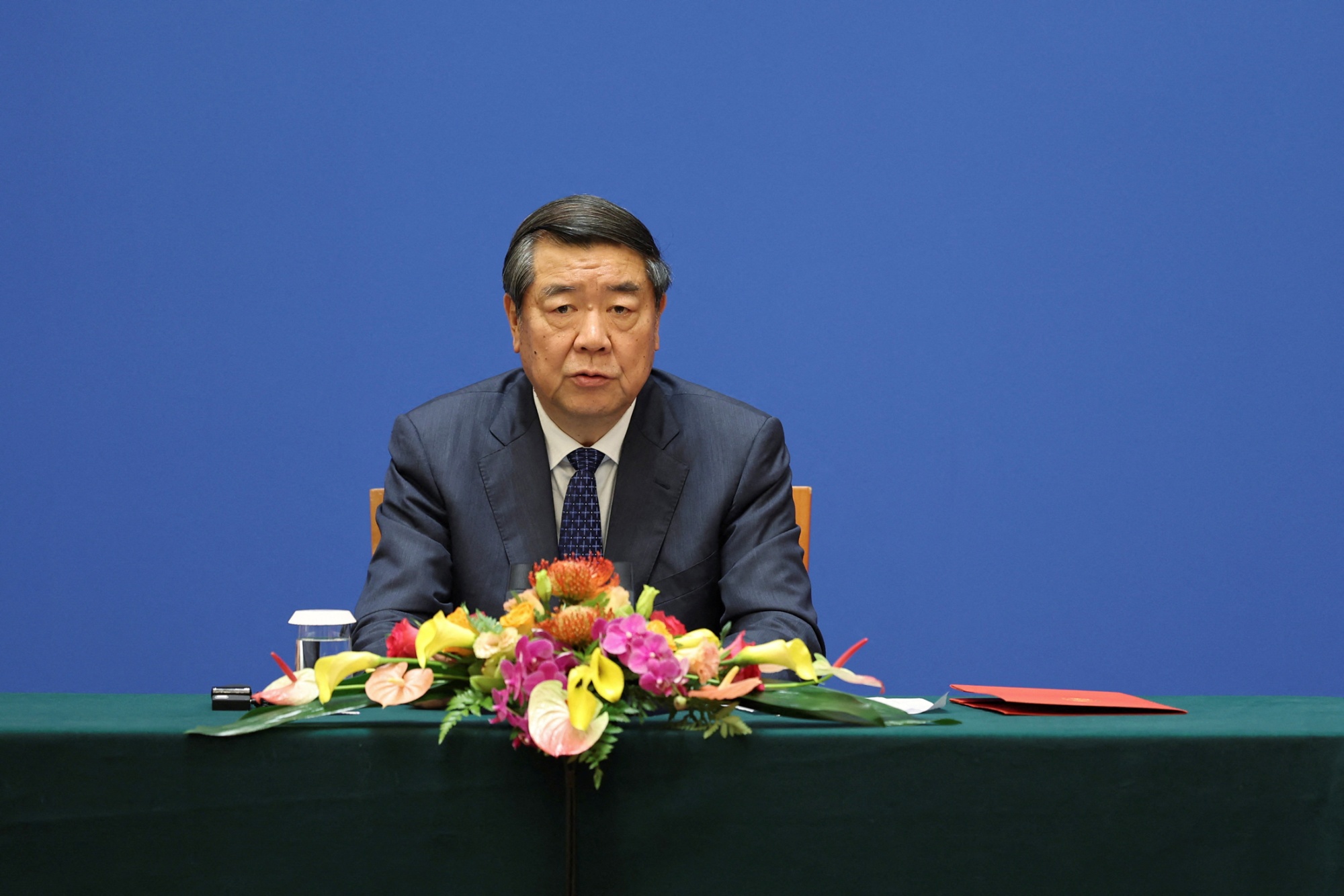
Vice Premier He Lifeng at a 2023 press conference
Traditionally a 25-member body. In addition to the members of the Standing Committee, the Politburo includes other top leaders of China, such as Vice Premier He Lifeng, who is in charge of economic and financial policy; veteran diplomat Wang Yi; party chiefs of major cities like Beijing and Shanghai; and the two vice chairs of China’s top military body.
MEETING FREQUENCY
Politburo meetings under Xi tend to take place near the end of each month.
What to watch for
The critical readouts from the Politburo tend to be from its meetings in April, July and December, which often include a to-do list for the economy and clues to the priorities of the top leaders. Those readouts often move markets.
Notable Moves
A statement following a Politburo meeting in December 2020 included the line “stepping up anti-monopoly efforts and preventing the disorderly expansion of capital.” A crackdown on platform tech companies such as Alibaba followed two weeks later. When the Politburo reversed course with promises to boost stimulus and support the “healthy” development of tech platform companies in April 2022, it fueled a more than 5% gain in the Hang Seng China Enterprises Index. This April’s meeting hinted at more support measures for the beleaguered housing sector, boosting a gauge of Chinese developer shares.
Central Committee

This is the body that officially promulgates the party’s most important policies and personnel rosters, although it is invariably rubber stamping decisions made higher up.
NAMES TO KNOW
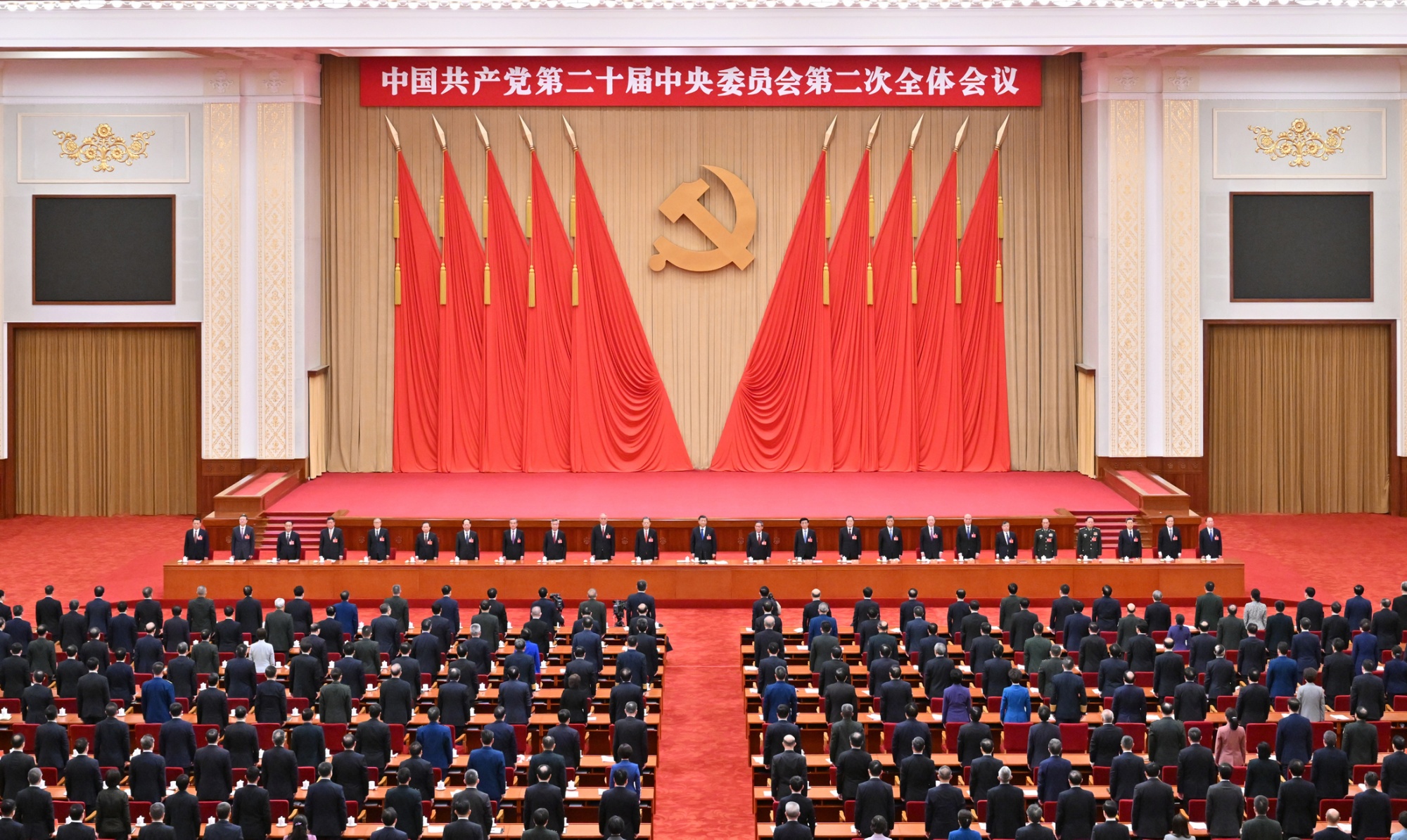
The Central Committee’s plenary session in February 2023
Some 200-odd delegates are selected at the twice-a-decade party congress, where the broad policy agenda is also set and the party charter updated. Its members hold posts not only in the party but across the provincial, municipal and central governments as well as the military and state-owned enterprises.
MEETING FREQUENCY
The committee meets at least once per year in what are known as plenary, or general, sessions that are referred to as plenums. The first takes place immediately after the Central Committee’s members are chosen by a once-every-five-years party congress. The third plenum of this cohort of the Central Committee will take place in July.
What to watch for
The first and third plenums are considered to be the most important. In the first, the committee appoints the Politburo, the Politburo Standing Committee, the Central Commission for Discipline Inspection, which is the party’s corruption-fighting wing, and the Central Military Commission. These choices give strong hints to the government’s priorities. The third plenum represents the first chance for the new leadership to properly introduce their broad thinking on economic and political issues. What comes out of the Central Committee is often less small bits of market-moving news and more the kind of deep policy shifts that will unfold over time. This July, investors will be closely watching for any sign of new fiscal reforms and measures to bolster the confidence of private entrepreneurs and support “new productive forces,” such as the solar power, electric vehicle and computer chip industries, as the country struggles to move past a period of slower growth.
Notable Moves
At a first plenum in 2017, Xi unveiled his willingness to break away from the norms established by Deng and return China to a personality-driven model with himself at the center. He unveiled a new leadership lineup that didn’t include a clear heir, paving the way for him to abolish term limits on the presidency the next year. At a plenum in 2021, Xi delivered a landmark “historical resolution,” confirming his elevated status in the party. Such resolutions had been made only twice before, by Mao and Deng, both of whom dominated Chinese politics until they died.
Xi has created, resurrected or put his own stamp on a number of party bodies that have a narrower focus and that allow him to absorb some functions from the government and assert the party’s control. These meet only as needed but can produce important information for investors.
The Central Commission for Financial and Economic Affairs is led by Xi and deals with economic issues in broad aspirational language. It doesn’t disclose all of its meetings and readouts are sporadic. But it can still move markets; shares of machinery, home appliance and automakers gained after the commission in February called for the government to take steps to encourage companies to upgrade their equipment and consumers to replace old products with new ones.
The Central Commission on Deepening Reforms, also led by Xi, similarly deals with economic questions. Its influence comes in the form of guidance issued on different topics. One of its most famous meetings happened in May 2021, when the body issued an opinion about reducing the burden on students, resulting in a crackdown on the $100 billion education sector two months later that bankrupted legions of tutoring companies, wiped billions of dollars off the market value of listed tutoring firms and led to tens of thousands of layoffs.
The National Security Commission’s meetings offer clues to China’s security priorities, which at a time of rising tension with the West are increasingly important for investors to track. In May 2023, a meeting stressed the importance of “extreme-case scenario” thinking — a phrase the party had previously reserved for describing natural disaster preparedness.
The Central Financial Commission is responsible for top-level policy making and supervision of the country’s vast financial sector, while the Central Financial Work Commission oversees the ideological and political role of the party in the financial system. The first was created in March 2023, when the latter was revived after 20 years, so there’s not a clear line yet on when or how often they’ll meet.
State Council
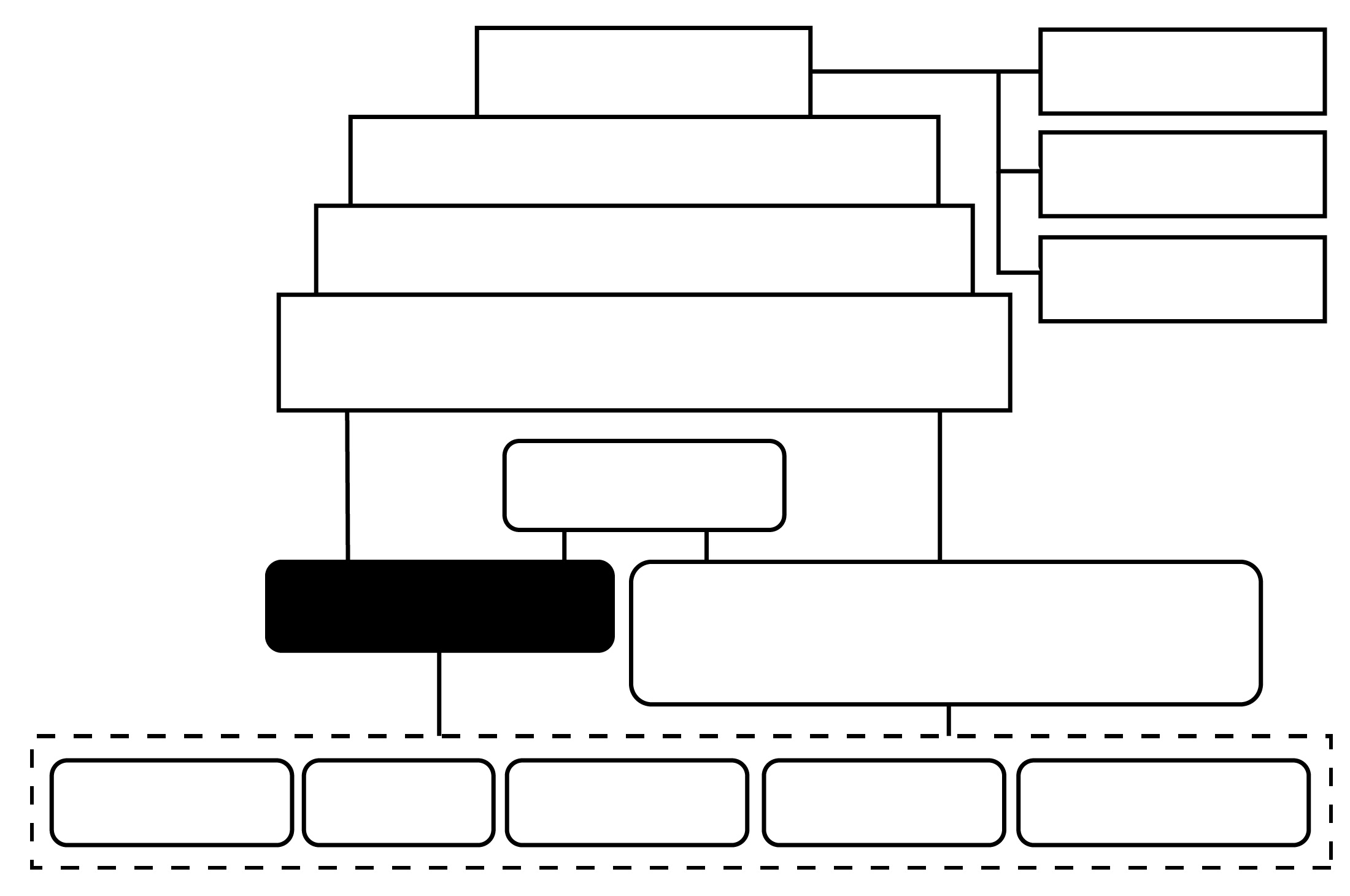
Akin to a national cabinet, China’s State Council is the highest administrative organ of the country. It’s the part of the government in charge of designing and implementing policies from the directives of the party. It also serves to keep the government’s different branches coordinated around Xi’s priorities.
NAMES TO KNOW
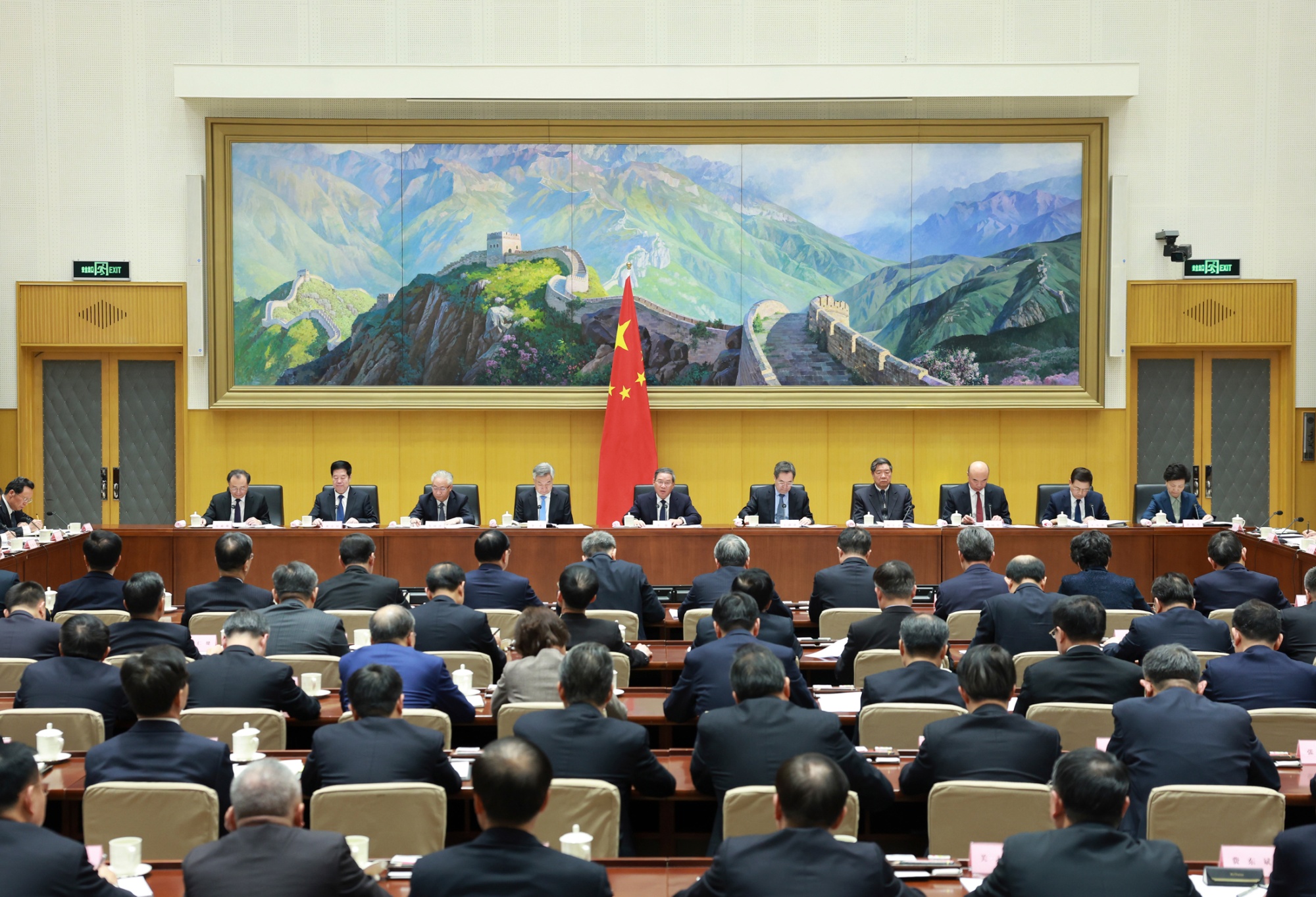
State Council meeting on clean governance, Feb. 5, 2024
Premier Li Qiang; vice premiers, including the highest ranked, Ding Xuexiang; state councilors, ministers, directors; and the auditor-general. Within the 30-odd members of the group there’s a smaller executive council, made up of the premier, the four vice premiers, state councilors and the State Council’s secretary-general.
MEETING FREQUENCY
The executive meetings happen two to three times per month. Other sessions, including meetings of the full council, happen on a more ad-hoc basis. Once every two months, the State Council conducts study sessions in which guest speakers lecture on a certain topic. For example, Premier Li Qiang held a study session in February at which a think tank academic spoke on removing local barriers to a unified national market in goods and services.
What to watch for
The full State Council and its executive committee cover the full range of issues facing China. Its thematic meetings can deal with economic issues and give a clue to current concerns. One such meeting was in September 2022, when the economy was tanking under on-and-off Covid lockdowns. But because it is formally entrusted with China’s coffers, it also has the power to signal that specific economic measures are coming.
Notable Moves
US-listed Chinese stocks rose in November 2022 after a State Council executive meeting vowed to cut the bank reserve requirement ratio and deploy other monetary policy tools to ramp up support for the economy.
National People’s Congress

China’s one-house legislature. It acts on directions passed down from above but also represents an important forum that brings a wide range of officials together. Its full membership meets just once a year in a gathering that functions largely to rubber stamp decisions made by the party’s senior leaders. During the rest of the year, a 175-member standing committee acts as the nation’s top legislative body, drafting legislation covering everything from education to taxes to diplomacy to put Xi’s decisions into practice.
NAMES TO KNOW
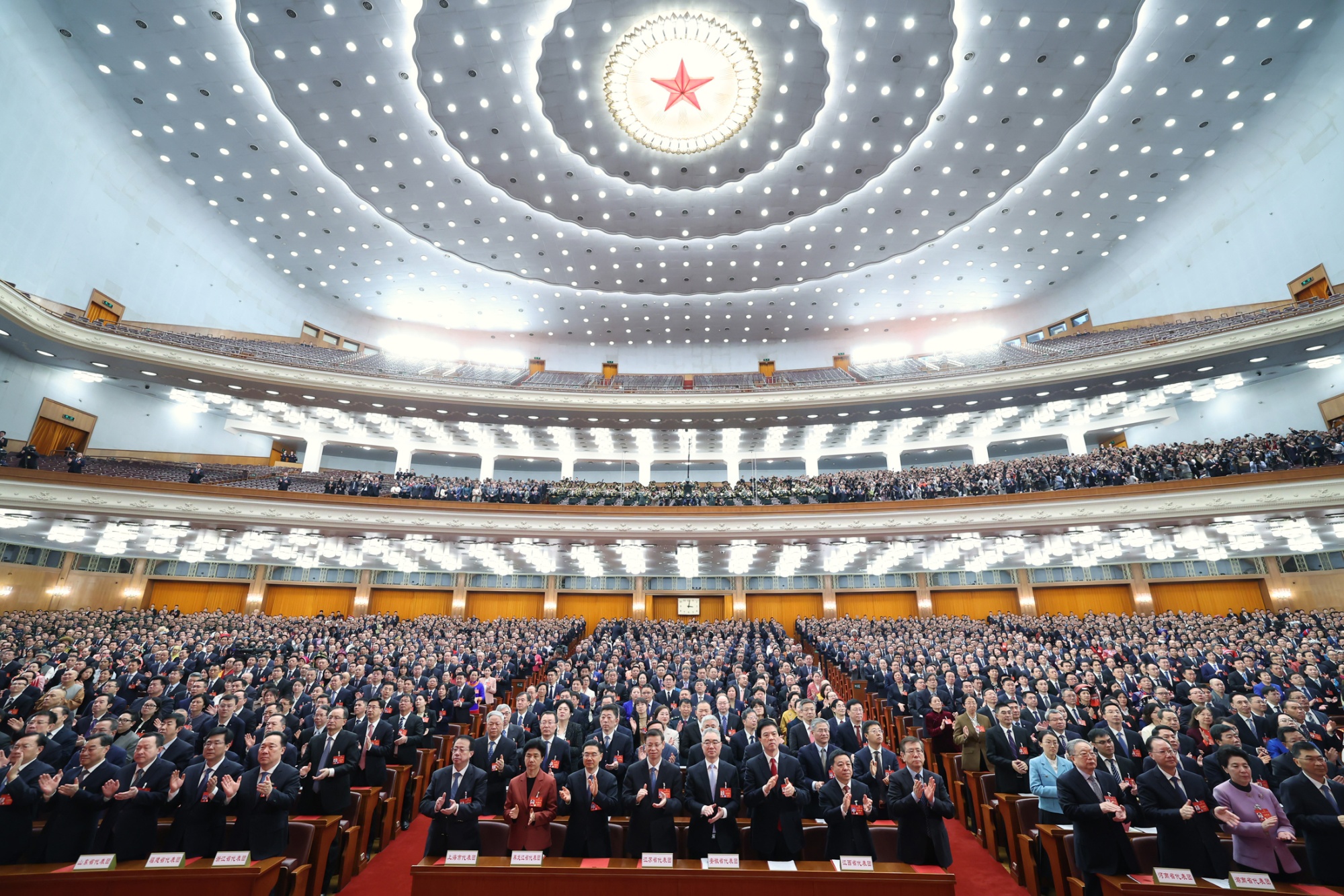
National People’s Congress, March 2024
The full Congress usually has around 3,000 deputies, who are appointed en masse by local congresses once every five years. Lawmakers in the full congress review and approve the government’s budget and economic plans for the year ahead. The parliament examines reports from the supreme court, the top prosecutor and the top legislature committee, and can pass or amend laws. In years when a new cohort of deputies is appointed, they in turn bless a new batch of top government officials put forward by the party’s leaders.
MEETING FREQUENCY
The standing committee typically meets at the end of each even-numbered month in sessions that last three to five days. Lawmakers in the full congress meet once a year, in March in Beijing, for a roughly 10-day session.
What to watch for
China’s premier delivers the equivalent of China’s state-of-the-nation address at the start of every full NPC session. That speech includes unveiling targets for economic growth, inflation and job creation for the coming year. Reports presented in tandem by the Finance Ministry and the National Development and Reform Commission lay out plans for the budget, government bond sales and investment priorities, making it a key annual event for markets. The full session of the NPC also gives outsiders a chance to hear from officials such as the foreign, finance and commerce ministers. From at least 1993 through 2023, premiers also took questions from journalists after the closing of the NPC, but that didn’t happen this year.
Notable Moves
The ambitious goal of around 5% growth announced at the NPC meeting in March led investors to speculate that more stimulus might be in the pipeline. China’s equity market rose during the congress — the first time that had happened in six years. While the standing committee generally doesn’t move the market, as most of its moves are well-signaled in advance (either by the party, government or the legislative agenda), surprises still happen. For example, the committee imposed a national security law on Hong Kong in 2020, contributing to geopolitical tensions, also inflamed by arguments over trade and the status of Taiwan, which cumulatively helped push gold to the biggest quarterly gain since 2016. The NPC’s Standing Committee also has the power to replace existing ministers. In one of the more high-profile examples, veteran diplomat Wang Yi was reappointed Foreign Minister in July 2023 after Qin Gang was abruptly removed without explanation.
The People’s Bank of China

The People’s Bank of China is the country’s equivalent of the US Federal Reserve, a central bank responsible for safeguarding a stable currency, maintaining financial stability and promoting economic growth. But unlike the Fed, the PBOC is not independent. It needs to get approval from the State Council before making any major decisions such as cutting interest rates. And unlike the Fed, the PBOC has a party committee built into its structure.
NAMES TO KNOW
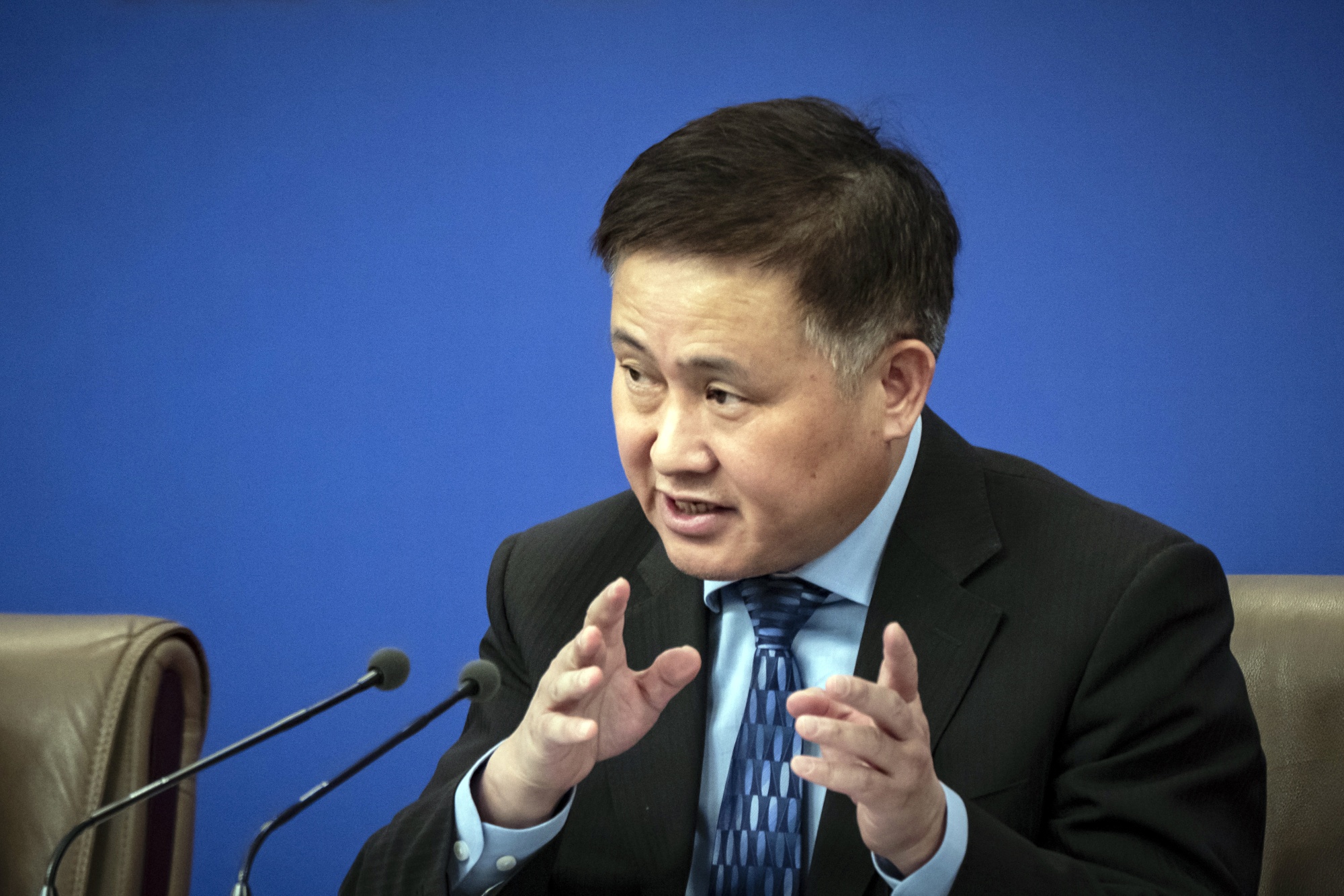
Pan Gongsheng, governor of the People’s Bank of China
Pan Gongsheng is the governor and party chief of the central bank — the first time since 2018 that the top two positions are held by one person, potentially streamlining decision-making at the very top. Meanwhile, Zhu Hexin, who was from Citic Group Corp., is the chief of the foreign exchange regulator under the PBOC, overseeing the country’s $3 trillion in foreign reserves.
MEETING FREQUENCY
China’s rate decisions happen in the middle of each month. That’s when the PBOC decides how much to charge commercial banks for 1-year loans made through its Medium-Term Lending Facility (MLF). Then, based off that policy rate, the central bank a few days later publishes the 1-year and 5-year Loan Prime Rates, meant to reflect the best available market rates offered by the country’s commercial lenders. On a daily basis, the PBOC tweaks liquidity through money market transactions, announced at 9:20 am local time, and publishes a fixing rate for the Chinese currency at 9:15 am. The PBOC’s monetary policy committee meets once a quarter, usually toward that period’s end.
What to watch for
Because the PBOC’s monetary policy committee formulates advice for the State Council, markets scour its quarterly readouts for clues about future easing or tightening. And because the yuan’s spot trading is only allowed to deviate by at most 2% up or down from the fixing, markets watch it closely for clues on whether Beijing wants the currency stronger or weaker.
Notable Moves
In the final meeting of 2023, policymakers pledged to work harder to stimulate consumer prices amid growing deflationary fears, indicating the PBOC may mainly use structural tools, like the so-called relending program that provides cheap funding to banks to funnel loans into sectors favored by national development strategy and boost economic growth.
Central Economic Work Conference
An event that happens annually where the economic agenda for the coming year is set for the whole of government.
NAMES TO KNOW
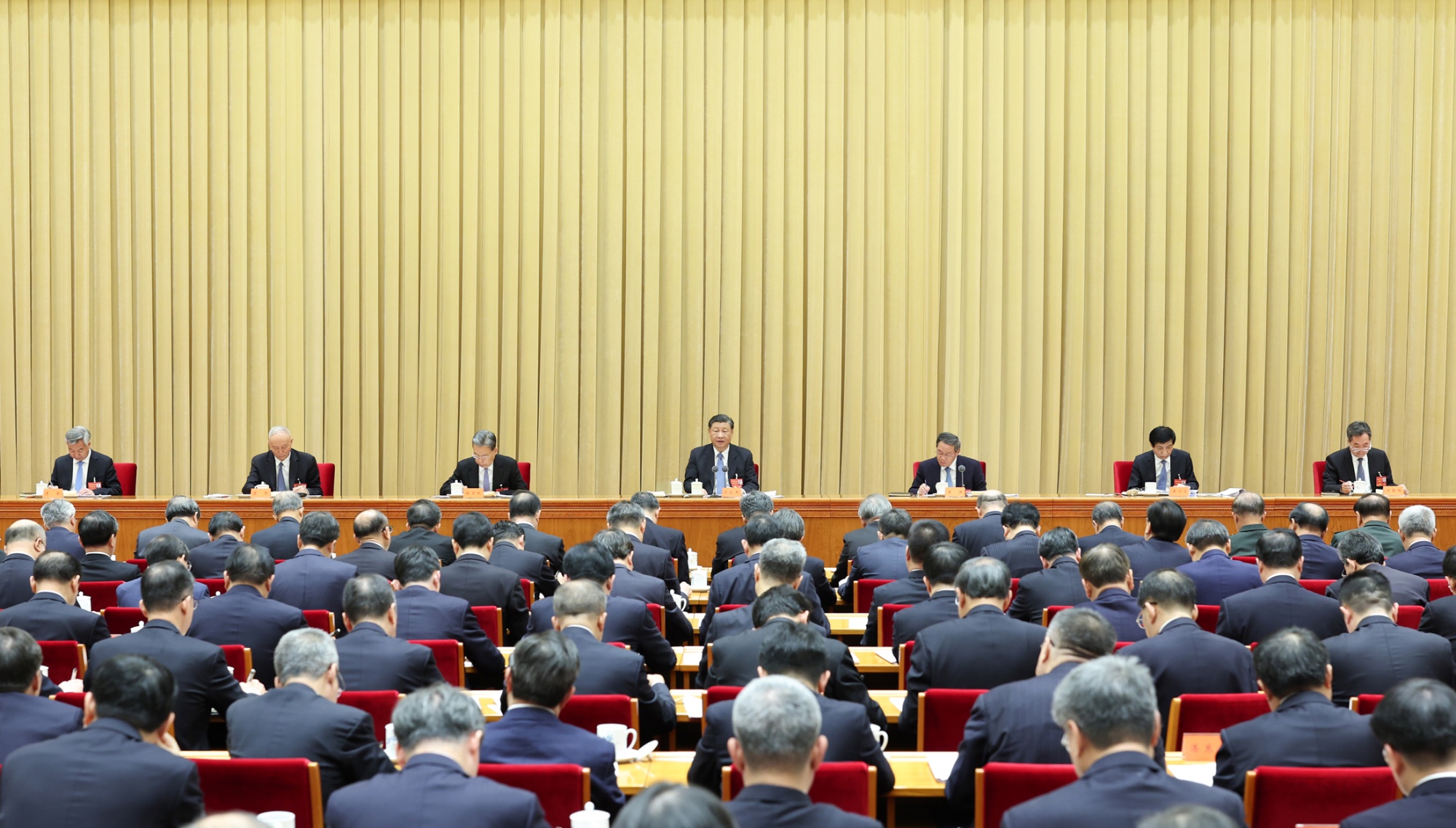
Central Economic Work Conference in December 2023
Attendees include members of major state organs, provinces, and financial state-owned enterprises. The president will typically give a keynote speech, while the premier concludes at the end of the event.
MEETING FREQUENCY
It usually takes place in mid-December, after a meeting of the Politburo.
What to watch for
The Work Conference doesn’t provide specific stimulus plans, but a comparison of its readout with those of past years can shed light on shifts in policy direction.
Notable Moves
The language on housing in last year’s readout was little changed from previous hawkish statements, weighing down developers’ stocks the next day. In general, investors don’t tend to like what they hear from the meetings: The performance of the onshore benchmark CSI 300 Index tends to worsen a week after the release of the readouts from the Central Economic Work Conference compared to the prior week, data covering the period from 2013 compiled by Bloomberg showed.
Central Financial Work Conference
First held in 1997 amid the Asian financial crisis, it sets broad priorities for the $61 trillion financial sector. Last year, attendees at the two-day meeting vowed to set up a long-term mechanism to resolve debt risks tied to local authorities.
NAMES TO KNOW
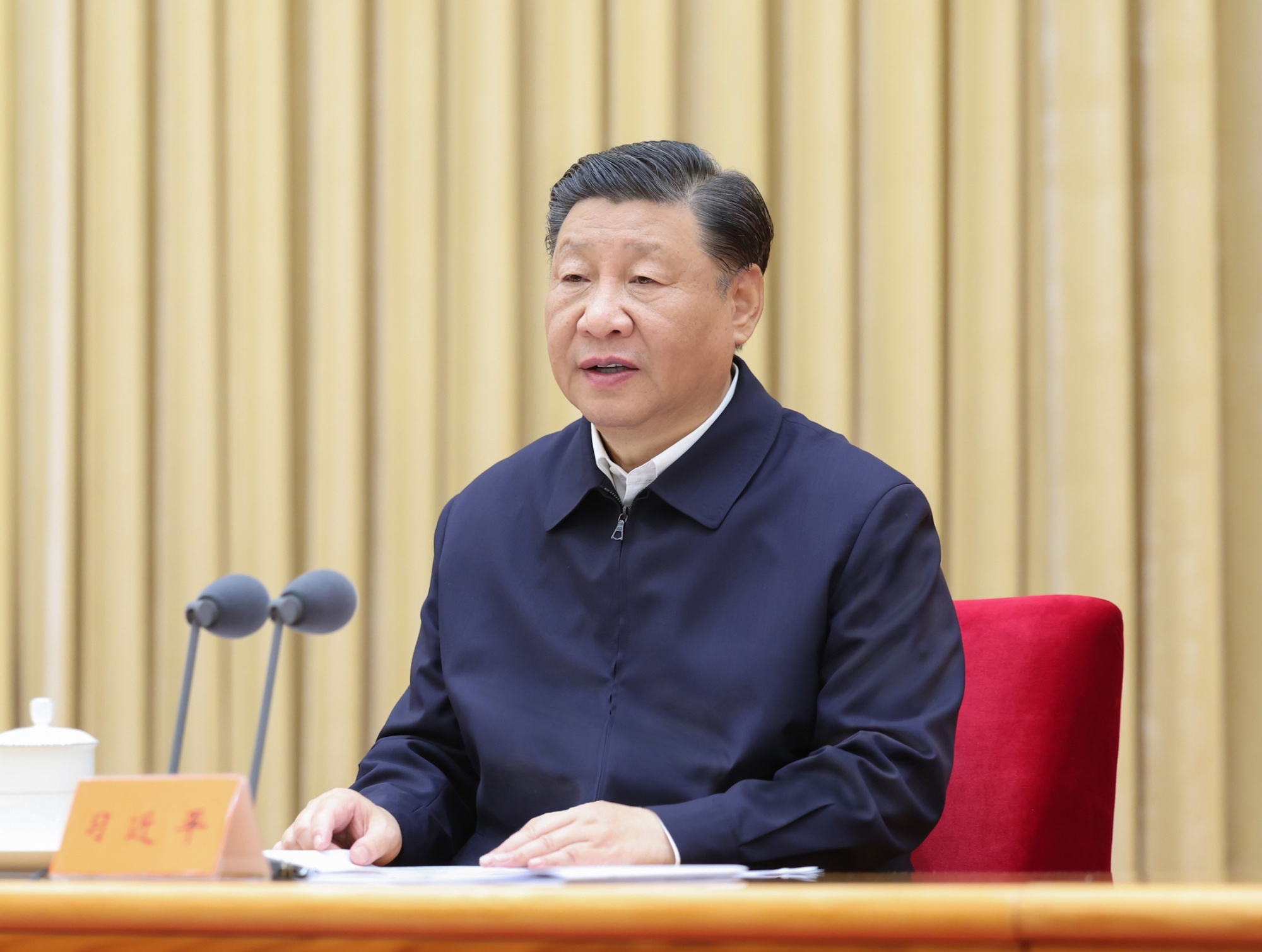
Xi Jinping at Central Financial Work Conference in October 2023
The conference’s membership is much the same as that of the Central Economic Work Conference, with the addition of officials from the Central Financial Commission, as well as those from the central bank, the securities regulator and the financial regulator.
MEETING FREQUENCY
It is normally held once every five years. The 2022 iteration was delayed due to the Covid outbreak and happened last year instead.
What to watch for
Xi attended the last two meetings in 2017 and 2023, while the preceding ones were overseen by China’s premiers. This shows the growing importance of the conference. The Communist Party has asserted its control over the financial sector with a sweeping anti-corruption campaign and efforts to push it to fall in line with new Xi priorities like “common prosperity.”
Notable Moves
Last year, a new, enlarged national regulator was formed as some responsibilities were shifted from the central bank and government to a party-controlled body called the Central Financial Commission.
—With assistance from Fran Wang, Yujing Liu and Jing Li
PHOTOS: Bloomberg (2), Reuters (4), Zuma Press (6).
